Bobcats might look wild and mysterious—and that’s because they are! While they’re not meant to be house pets, these elusive felines actually play an important role in keeping ecosystems balanced, which indirectly supports our health too. From controlling rodent populations to helping preserve biodiversity, bobcats quietly contribute to cleaner environments and healthier living spaces. But despite their charm, their wild nature, territorial habits, and need for vast space make them unsuitable for domestication. Appreciating them from afar is the best way to respect both their role in nature and our own safety.
Bobcats Control Disease-Carrying Rodents
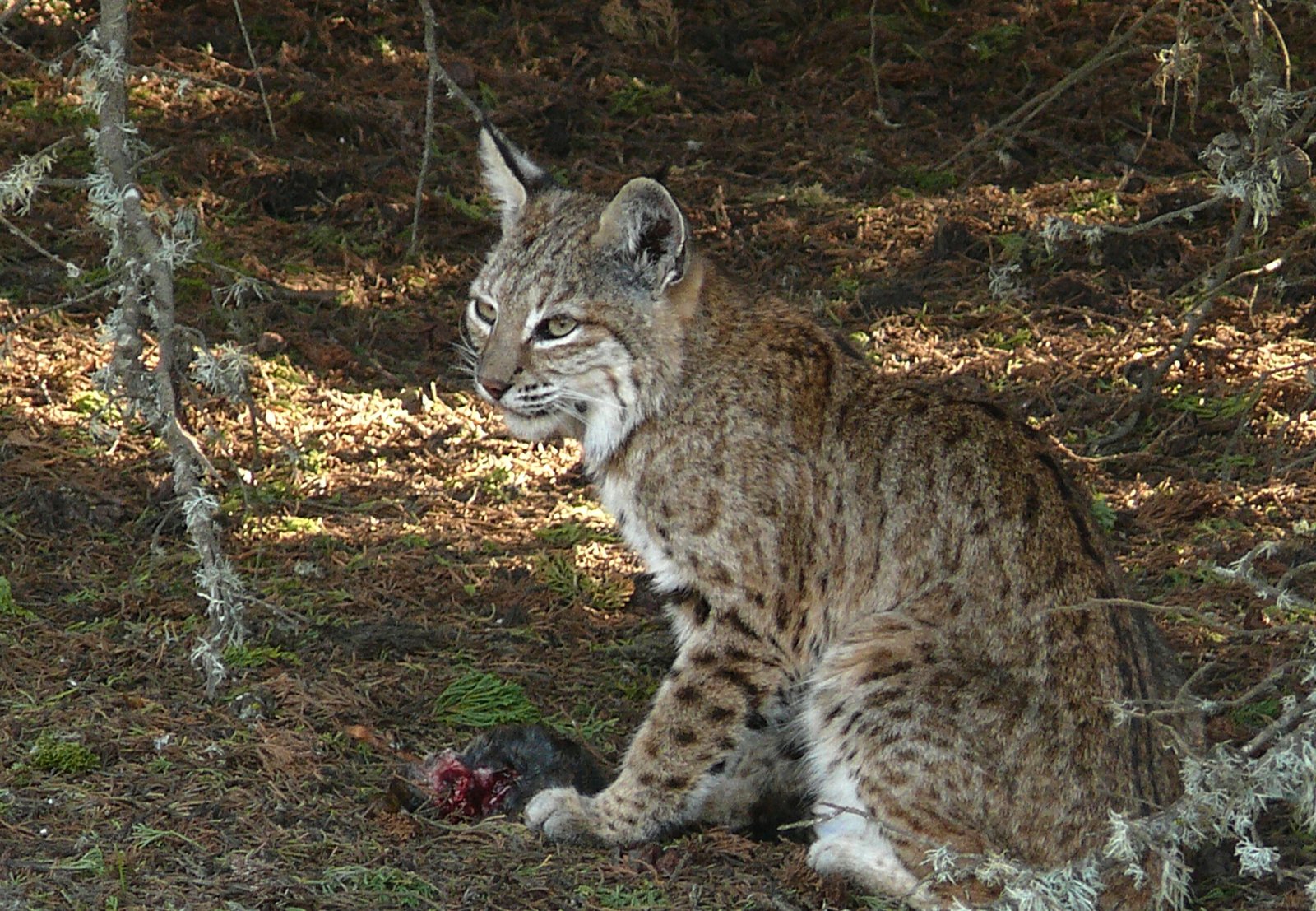
Bobcats are nature’s pest control experts. By hunting rats, mice, and other small mammals, they help keep rodent populations in check. This is far more important than you might think. Rodents can carry diseases like hantavirus and Lyme disease, which can be transmitted to humans through bites or contaminated food. When bobcats keep rodent numbers low, the risk of these diseases spreading in our communities drops. This natural balance makes our homes, parks, and even farms safer environments. Imagine bobcats as silent guardians, prowling in the shadows, quietly protecting us from unseen threats. Their presence in the wild is a shield against outbreaks that could otherwise harm our families and pets.
They Support Healthy Ecosystems
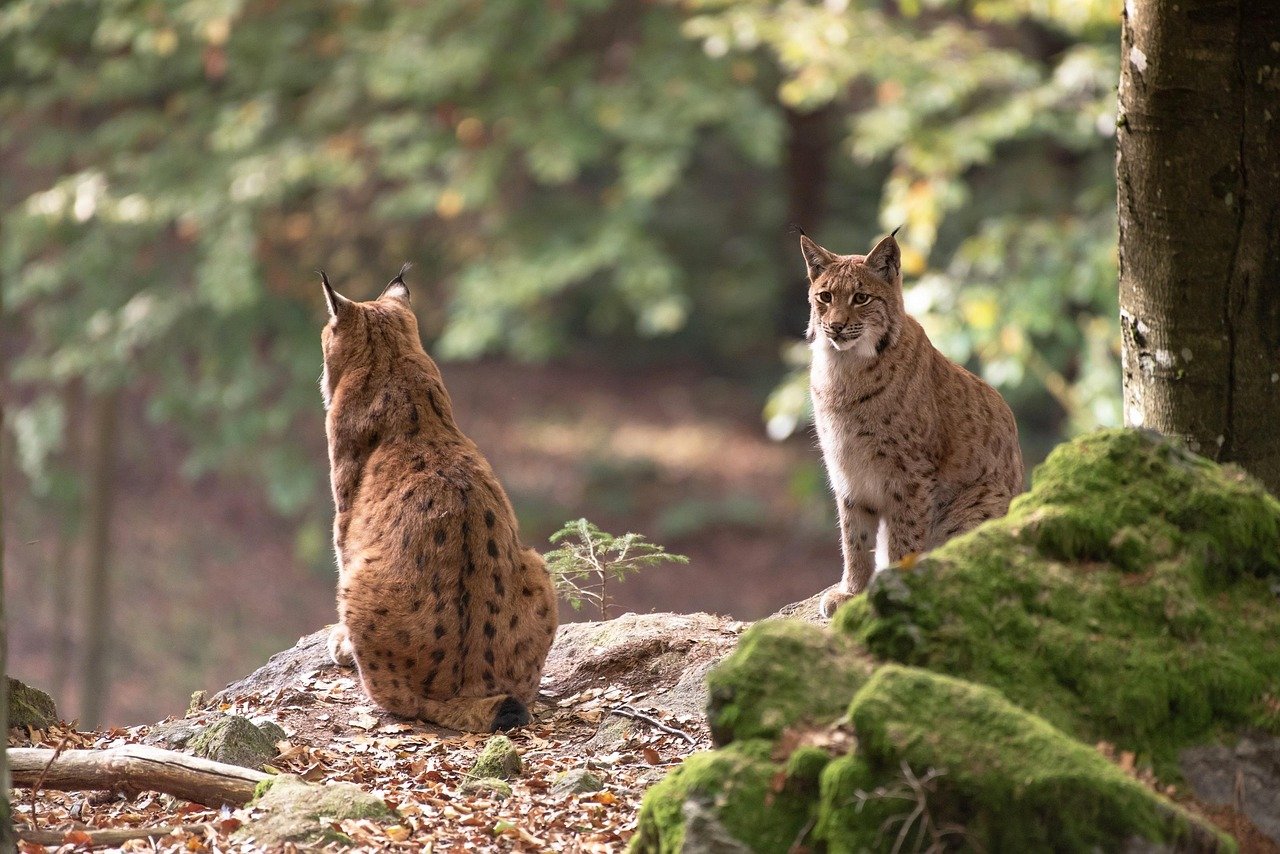
Bobcats aren’t just hunters—they’re ecosystem engineers. Their hunting habits help regulate the food web, ensuring that no one species dominates the landscape. When bobcats remove weaker animals from the population, they leave healthier prey behind. This natural selection strengthens animal populations over time. A balanced ecosystem means cleaner air, fresher water, and more robust plant growth—essentials for human health. Just like a skilled gardener pruning a tree, bobcats shape the wild places we love, making them healthier for everyone who depends on them.
Bobcats Prevent Overgrazing
Without predators like bobcats, herbivore populations such as rabbits and deer can explode. This leads to overgrazing, where plants are eaten faster than they can regrow. Overgrazing devastates habitats, leading to soil erosion and loss of plant diversity. These effects can trickle all the way down to our crops and gardens, making life harder for farmers and food lovers alike. By keeping herbivore numbers under control, bobcats protect the ground beneath our feet. Their quiet work ensures that meadows, forests, and even city green spaces stay lush and vibrant.
They Help Control Tick Populations
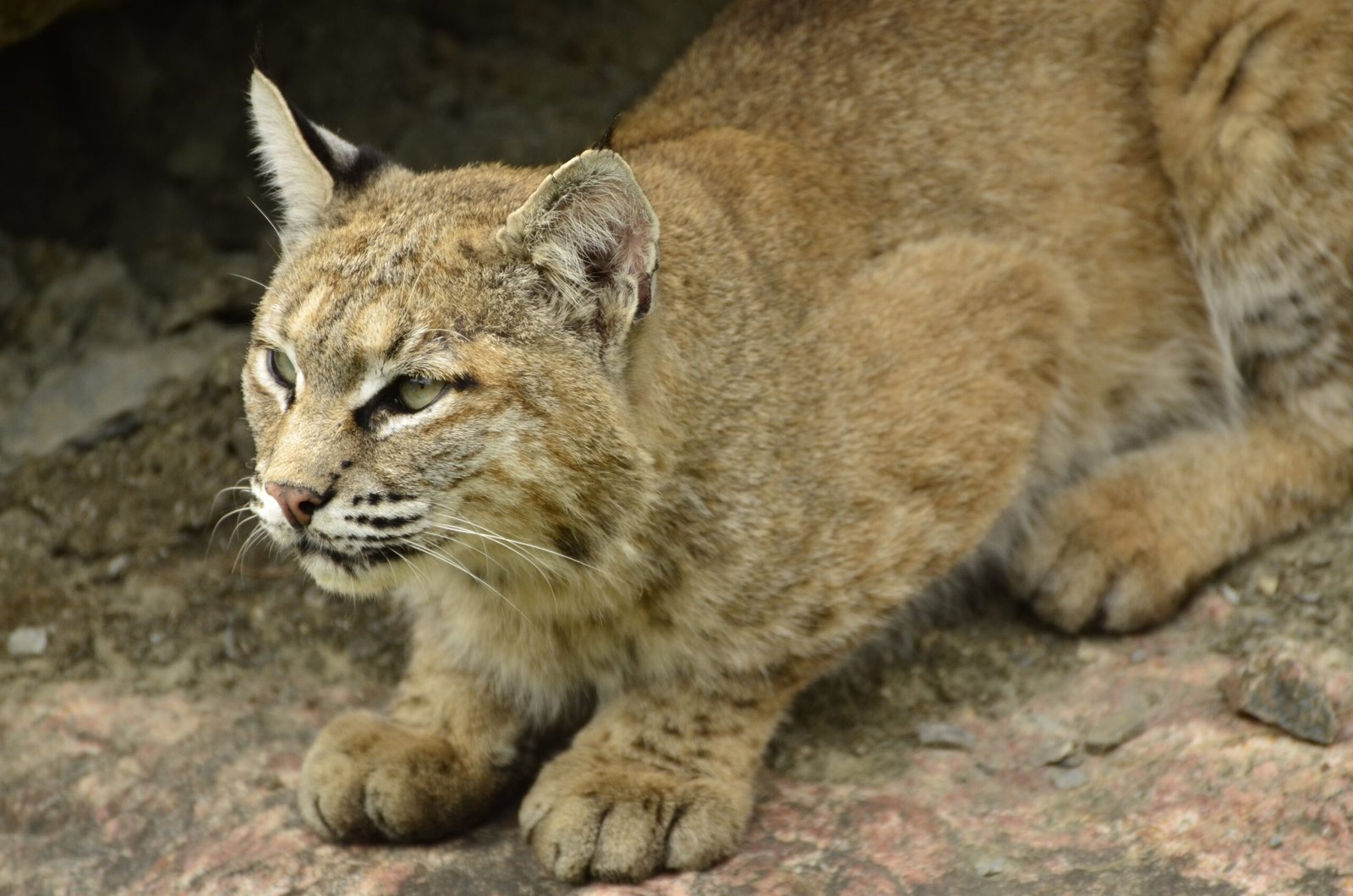
Ticks are more than just annoying—they’re dangerous vectors of disease, including Lyme disease and Rocky Mountain spotted fever. Rodents, a favorite food of bobcats, are often hosts for ticks. When bobcats hunt these small mammals, they indirectly reduce tick numbers in the environment. Fewer ticks mean fewer chances for people, pets, and livestock to pick up harmful diseases. It’s a cascading effect: bobcat hunts rodent, tick loses its ride, and we all benefit from a safer, healthier landscape.
Bobcats Support Biodiversity
Biodiversity is the backbone of a resilient ecosystem. Bobcats play a pivotal role by preventing any one species from taking over. This allows rare and unique plants and animals to flourish, contributing to the natural beauty and balance of our world. Healthy biodiversity isn’t just good for nature; it’s essential for humans, too. It ensures that natural resources like clean water, pollinators for crops, and medicinal plants continue to thrive. When bobcats do their job, they help secure a richer, more diverse world for us all.
They Inspire Mental Wellness
There’s something magical about seeing a bobcat in the wild. Even just knowing they exist nearby can spark feelings of wonder, awe, and connection to nature. Studies show that spending time in wild places or observing wildlife can lower stress, reduce anxiety, and boost overall happiness. Bobcats, as symbols of wildness and freedom, remind us to slow down and reconnect with the natural world. Their presence encourages people to get outdoors, breathe deeply, and let the healing power of nature work its magic on our minds.
Bobcats Encourage Outdoor Activity
Knowing that bobcats roam our forests and fields adds a sense of adventure to hiking, birdwatching, and camping. People are drawn to wild places, hoping for a glimpse—or at least a sign—of these elusive cats. This curiosity encourages more time spent outside, which is proven to improve physical health, boost vitamin D, and enhance mood. Bobcats, without ever trying, inspire us to move, explore, and appreciate the world beyond our screens and four walls.
They Foster Environmental Awareness
The presence of bobcats in an area often signals a healthy, well-balanced environment. When communities learn to coexist with these felines, it sparks conversations about conservation and habitat protection. People become more aware of how their actions—like land development or pesticide use—impact local wildlife. This awareness leads to better choices, from supporting wildlife corridors to planting native gardens. In this way, bobcats act as ambassadors for the wild, urging us to care for the earth we all share.
Bobcats Are Wild at Heart
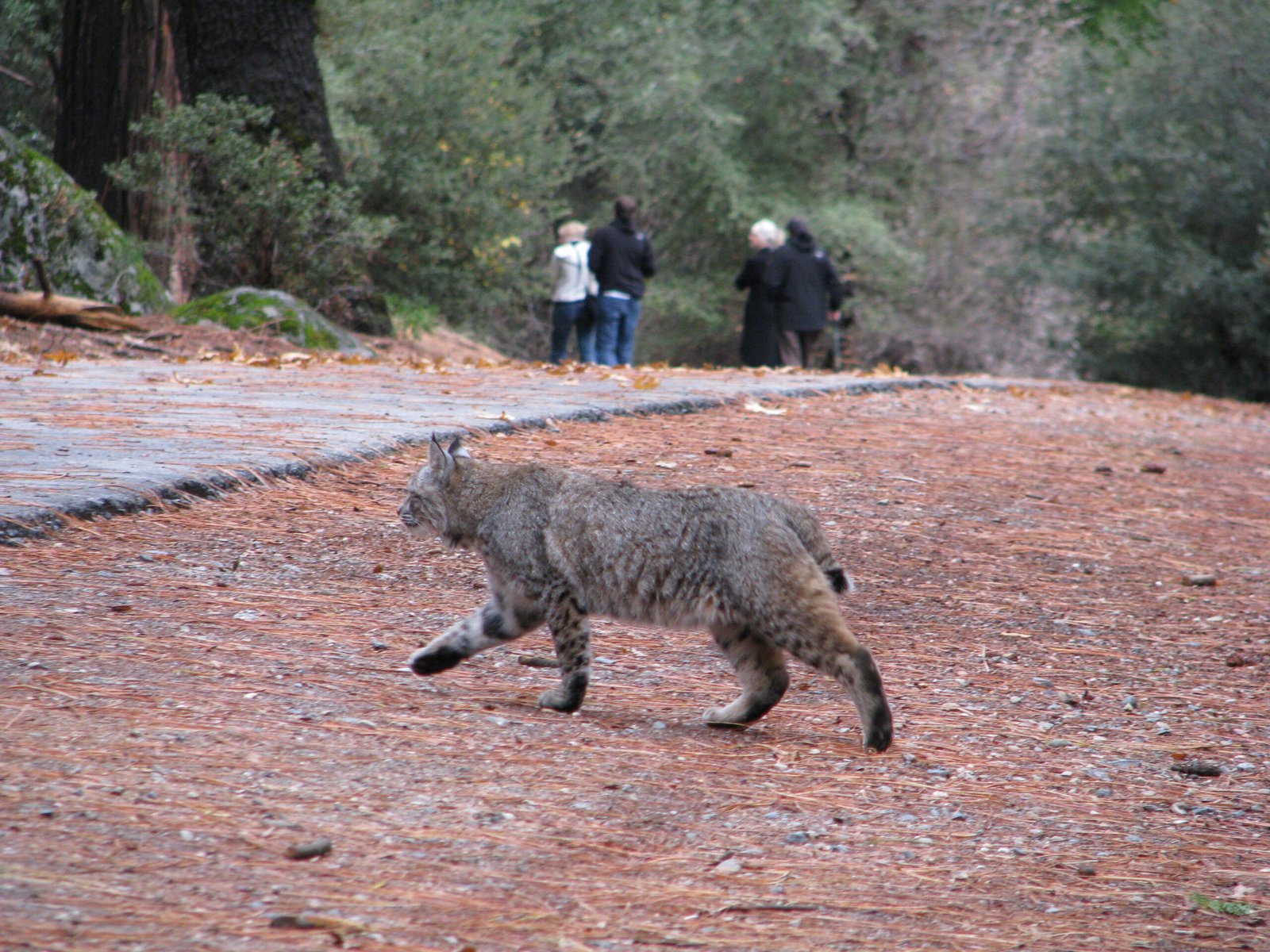
Despite their appeal, bobcats retain every ounce of their wild instincts. They are solitary, territorial, and highly independent creatures. Trying to domesticate a bobcat is like trying to bottle a thunderstorm—it simply doesn’t work. Their behavior is unpredictable, and even an experienced handler can’t erase millions of years of evolution. Bobcats need vast home ranges, the freedom to hunt, and the thrill of the chase. No matter how much we may wish otherwise, they belong in the wild, not our living rooms.
They Pose Serious Safety Risks
Bobcats are powerful predators with sharp claws and teeth. Even if raised from a young age, their instincts can kick in without warning. A startled or frightened bobcat can become aggressive in seconds, posing risks to humans and other pets. Their hunting drive is so strong that toys and household objects can become targets. This unpredictability makes them dangerous companions, especially around children. It’s a risk no responsible pet owner should take.
Bobcats Require Specialized Care
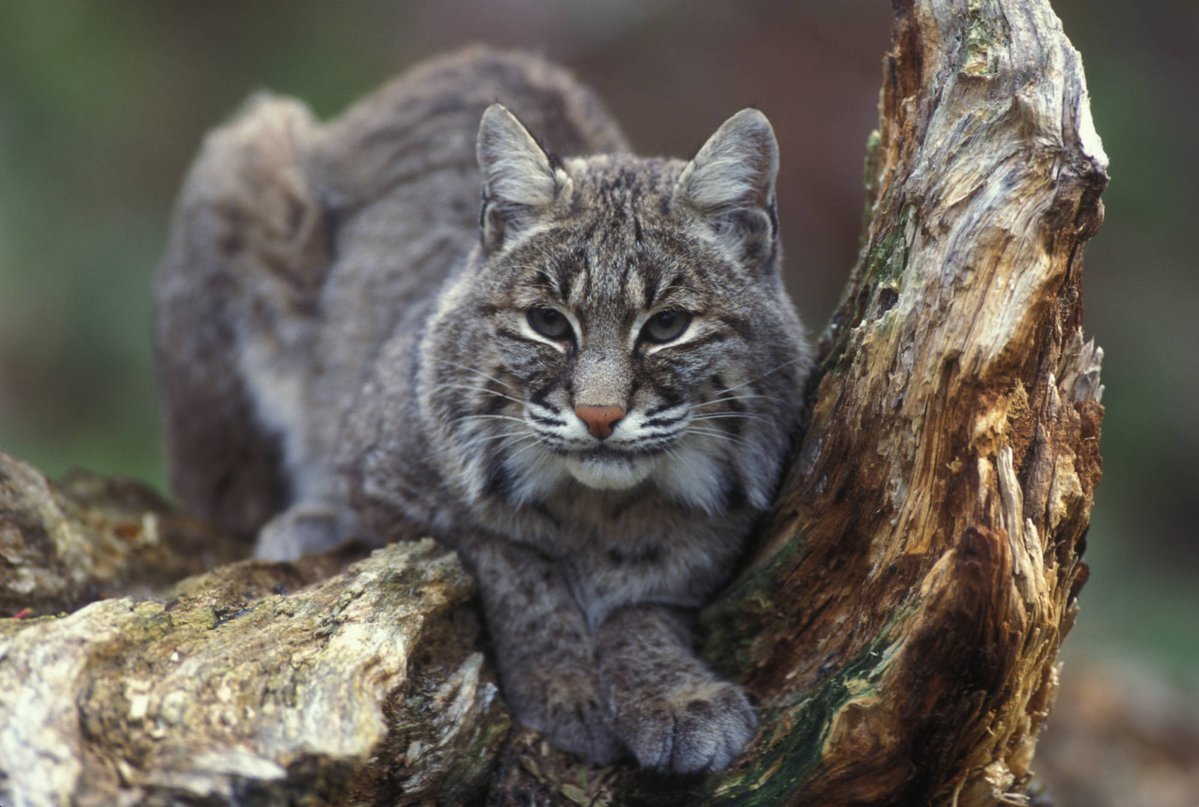
Caring for a bobcat is nothing like caring for a house cat. Their dietary needs are complex, requiring fresh meat and bones to stay healthy. They need space to roam, climb, and express natural behaviors. Most homes and backyards simply can’t provide what a bobcat needs to thrive. On top of that, veterinary care for exotic animals is expensive and hard to find. Keeping a bobcat healthy and happy is a full-time job—one that almost no one is prepared for.
Legal Restrictions Are Strict

In many places, it’s illegal to keep a bobcat as a pet without a special permit. Laws exist to protect both people and animals. Permits are rarely granted to private individuals, and the penalties for breaking these laws can be severe. Even with permission, owners must meet strict requirements for enclosures and care. These rules are in place for a reason: to ensure bobcats are not mistreated or put in situations where they could harm others. When it comes to bobcats, the law sides with nature.
Captivity Harms Bobcats and People
Taking a bobcat out of the wild is a loss for everyone. The animal loses its freedom and the chance to live as nature intended. People miss out on the benefits bobcats bring to the ecosystem—like pest control and biodiversity. Captive bobcats often suffer from stress, boredom, and health problems. They may develop destructive behaviors or become depressed. In the end, neither the bobcat nor the would-be owner is truly happy. The best way to love a bobcat is to admire it from afar, letting it remain a vital part of the wild tapestry that sustains us all.
While bobcats offer surprising benefits to human health by naturally managing pests and supporting balanced ecosystems, they’re still wild animals at heart. Their instincts, space needs, and unpredictable behavior make them a poor fit for life as pets. It’s best to admire their beauty and value their role in nature from a respectful distance. Sometimes, the most meaningful connection we can have with wildlife is simply letting them be wild.

Andrew Alpin from India is the Brand Manager of Doggo digest. Andrew is an experienced content specialist and social media manager with a passion for writing. His forte includes health and wellness, Travel, Animals, and Nature. A nature nomad, Andrew is obsessed with mountains and loves high-altitude trekking. He has been on several Himalayan treks in India including the Everest Base Camp in Nepal.





